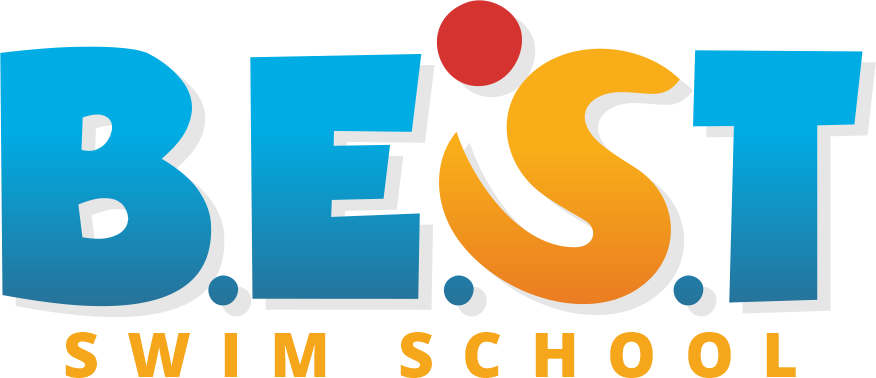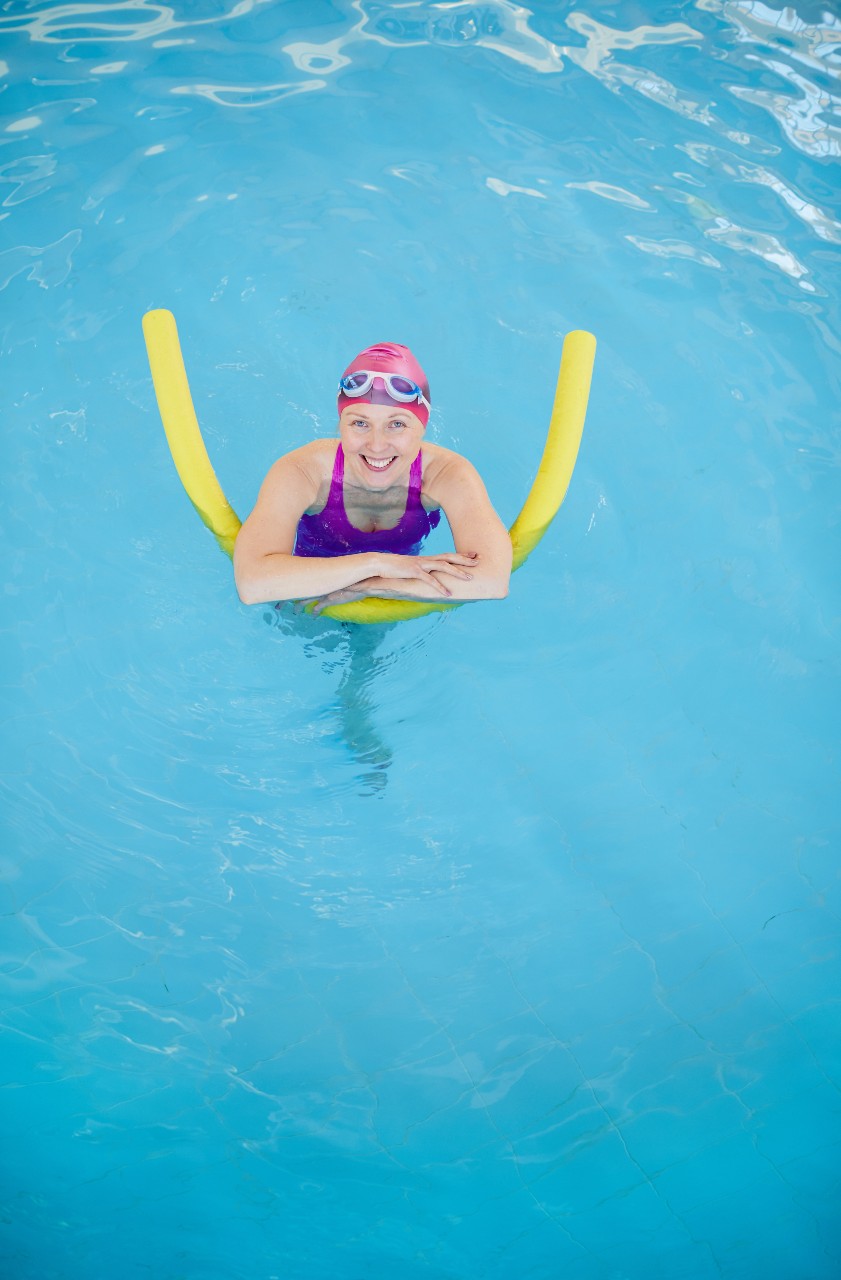Special Needs
Special Needs
Adults and Children
The pool can be a fun and relaxing place to exercise the body. With each kick or stroke, water resistance helps to build muscle tone and strength. This is even more important with disabilities. The process of learning to swim helps with balance, coordination, improves range of motion and development of motor skills.
Buoyancy reduces weight by 80%; it makes water an environment for restriction free movement.
There is nothing more rewarding than a look on a child/adult’s face when they say ‘I did it’.
Safety is extremely important. According to the Autism association, drowning is amongst the leading causes of death for children with autism. This is because they are usually wandering, easily fascinated with water and have a lack or low understanding of danger.
Teaching children to swim can mean the difference between life and death if they find themselves accidentally in the water. It is the best way to protect your child.
Additionally, while learning to swim, children also develop better spatial awareness as they use reference points and explore water depth. Increased spatial awareness, along with the physical balance that naturally develops, can help keep a special needs child from falling into the water in the first place.
We believe having any sort of disability should not interfere with learning how to swim. Swimming is an essential skill and the therapeutic, social and fun aspect of being in the water adds immensely to quality and enjoyment of life.
Our swim teachers are trained to teach adults and children with special needs. We aim to get you safe and comfortable in the water.
We are very dedicated, punctual, consistent, committed and motivated in what we do and we expect all our clients to commit and be consistent to achieve their goals.
Major Goals
Swimming has a myriad of benefits for everyone, but learning to swim is particularly beneficial for those with special needs. There are our major goals we try to achieve with our methods:
Boosting physical activity
Developing self-confidence and self esteem
Moving freely and independently in the water
Teaching a lifesaving skill
Freqenetly Asked Questions
Do you teach children/adults with autism, ADHD, Dyspraxia or cerebral palsy?
Yes, we teach children/adults with autism , ADHD, Dyspraxia, cerebral palsy and other conditions.
Depending on the severity of their condition we may need to have two teachers to conduct the swimming lessons.
Can wheelchair users take swimming lessons?
Yes! The water creates a non weight baring place for adults/children which makes it perfect to learn buoyancy and eventually moving through the water independently in most cases depending on the severity of limitations. Water is the best place for joints to relax and move which improves the range of movement.
Do your swim instructors hold special needs training qualifications?
Yes, All our swim instructors who teach special needs adults/children hold a special needs CPD training certificate.
What conditions are considered special needs?
There are four main categories of special needs:
-
Physical – multiple sclerosis, allergies and asthma, juvenile arthritis, leukaemia, muscular dystrophy, epilepsy.
-
Developmental – Down syndrome, autism, dyslexia, dyscalculia, dysgraphia, dyspraxia, aphasia or dysphasia, auditory processing disorder, visual processing disorder.
-
Behavioural/emotional – obsessive compulsive disorder, dissociation, post-traumatic stress disorder, anxiety, depression, attention deficit (hyperactivity) disorder, bipolar.
-
Sensory-impaired – blindness, deaf or limited hearing, visually impaired.


